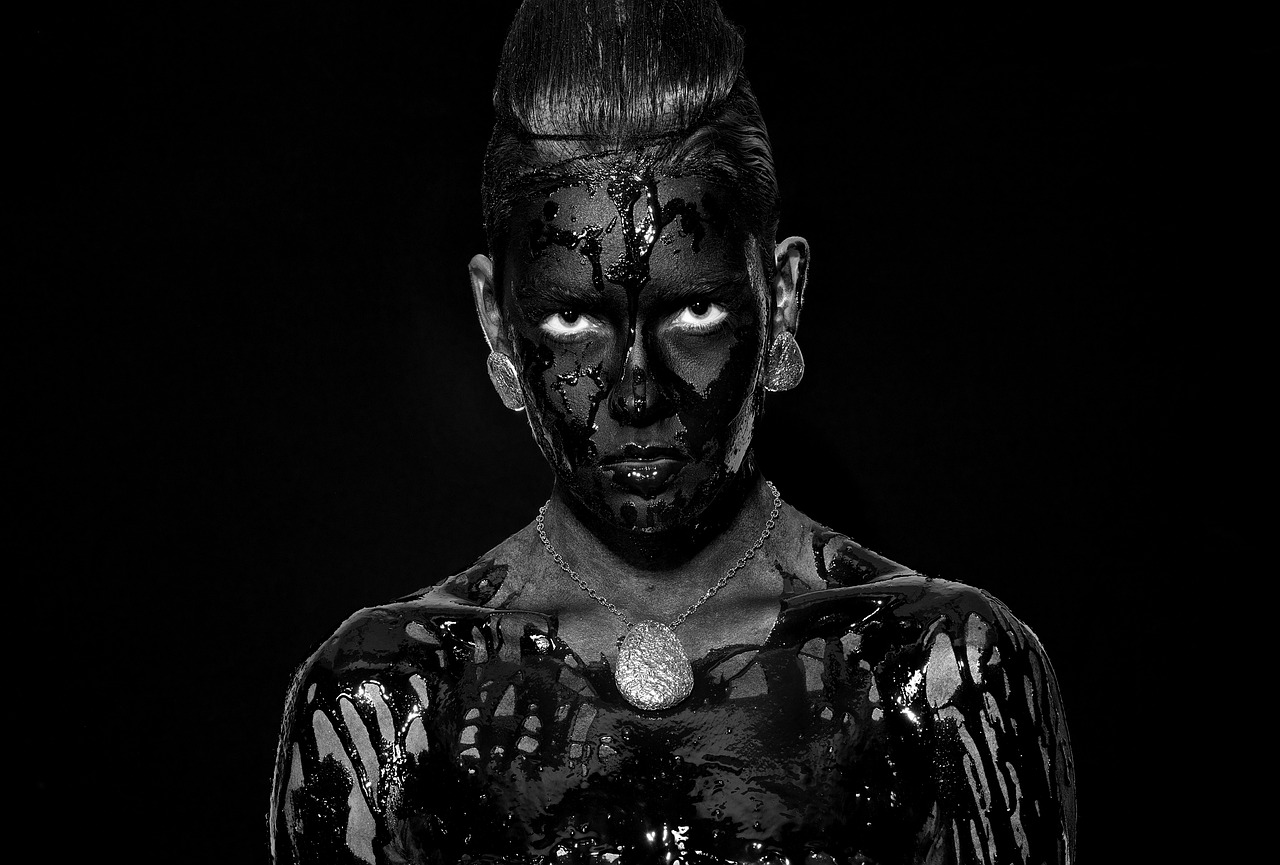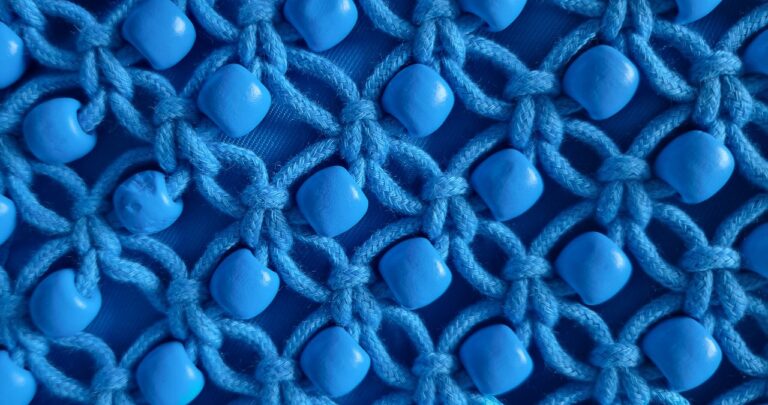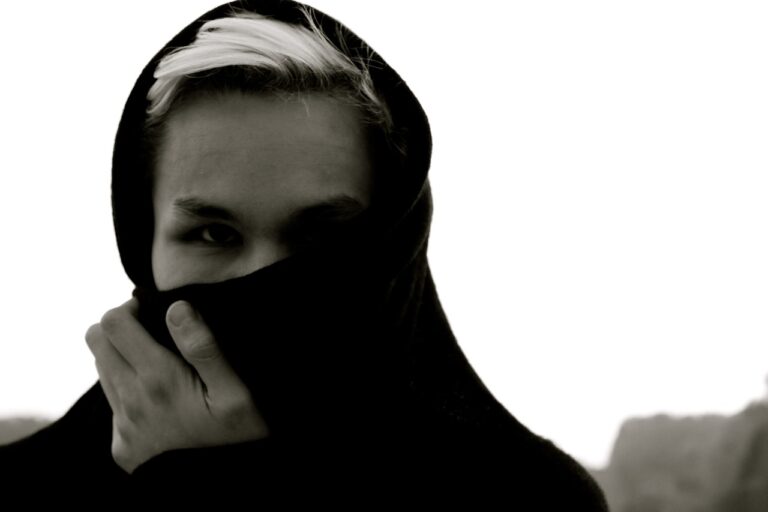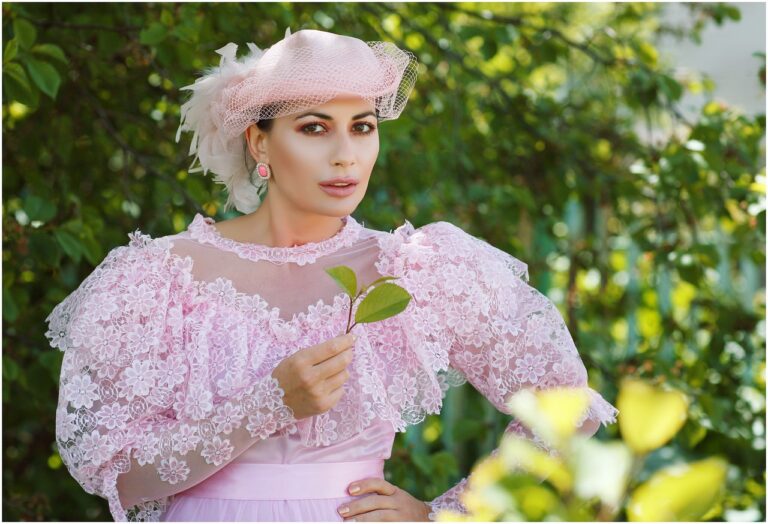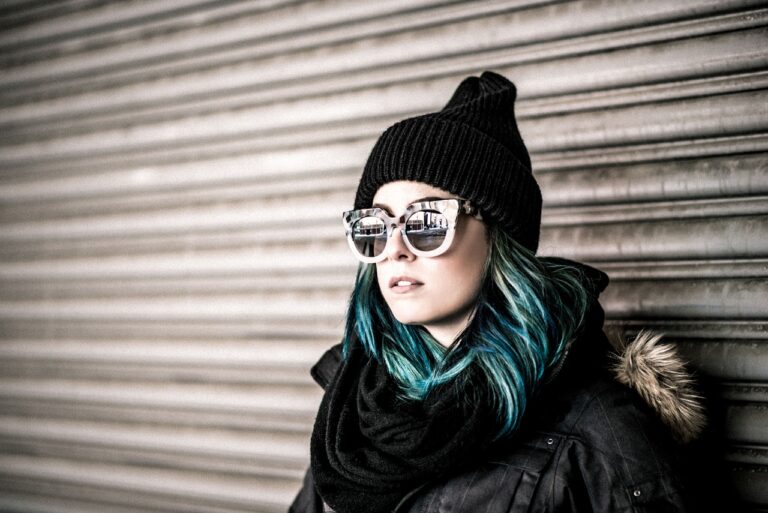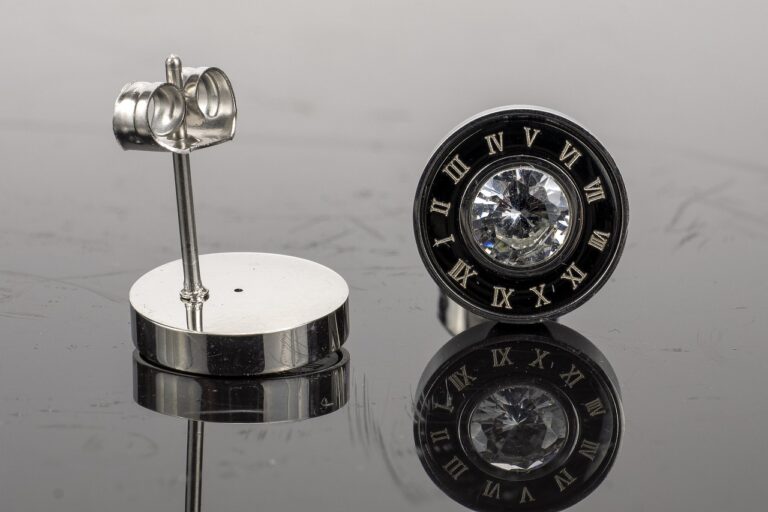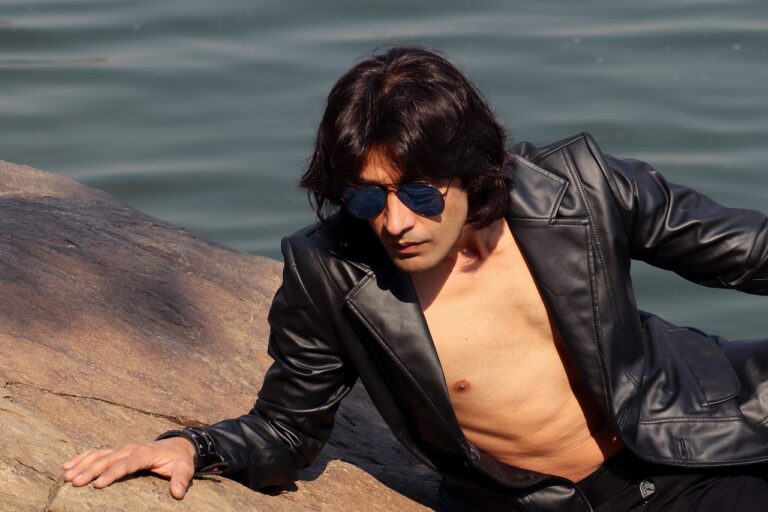The Intersection of Fashion and Dance: Movement and Style in Harmony
When it comes to artistic expression, few forms are as intertwined as dance and fashion. Both are powerful means of communication, allowing individuals to convey their emotions, personalities, and beliefs without saying a word. The fusion of these two art forms creates a dynamic synergy that captures the essence of movement and style in perfect harmony.
The Influence of Dance on Fashion
Dance has long been a source of inspiration for fashion designers, influencing everything from the silhouettes of garments to the choice of fabrics and colors. The fluidity of movement in dance has been translated into flowing dresses and skirts, while the sharp, precise movements of ballet have inspired tailored lines and structured shapes.
One of the most iconic examples of dance influencing fashion is the tutu, a garment synonymous with classical ballet. Originally designed to give ballerinas freedom of movement while showcasing their grace and elegance, the tutu has since become a fashion staple in its own right, appearing on runways and red carpets around the world.
The Impact of Fashion on Dance
Conversely, fashion has also had a significant impact on dance, shaping the way dancers present themselves on stage and off. Costumes play a crucial role in conveying the mood and theme of a dance piece, with designers often collaborating closely with choreographers to create garments that complement the movements and aesthetics of the performance.
From the glamorous gowns of Broadway showgirls to the sleek, contemporary designs of modern dance troupes, fashion has the power to elevate a dance performance to new heights. Dancers are not only artists of movement but also of style, using their costumes to enhance their performances and engage with audiences on a visual level.
The Evolution of Dancewear
As dance styles have evolved over the years, so too have the costumes and attire worn by dancers. Traditional ballet costumes have given way to more modern and innovative designs, reflecting the changing tastes and trends in fashion. Today, dancers have a wide range of options when it comes to dancewear, from leotards and leggings to crop tops and joggers.
Designers have also begun incorporating technological advancements into dancewear, with garments that are not only stylish but also functional. Moisture-wicking fabrics, seamless construction, and compression features are just a few examples of how fashion and technology are coming together to create clothing that enhances performance and comfort for dancers.
The Role of Personal Style in Dance
While costumes play a vital role in dance performances, dancers also use their personal style to express themselves and connect with their audience. Whether it’s through their choice of footwear, accessories, or hairstyles, dancers have the opportunity to showcase their individuality and creativity both on and off the stage.
Dance has always been a medium for self-expression, and fashion plays a significant role in how dancers present themselves to the world. From street style to high fashion, dancers draw inspiration from a variety of sources to create looks that reflect their personalities and passions, blurring the lines between performance and everyday life.
The Future of Fashion and Dance
As we look to the future, the intersection of fashion and dance is set to become even more intertwined, with designers and dancers pushing boundaries and challenging conventions in pursuit of artistic excellence. Collaboration between fashion houses and dance companies will continue to inspire new and innovative designs, creating a vibrant landscape of style and movement that captivates audiences around the world.
Ultimately, the fusion of fashion and dance is a celebration of creativity and expression, bringing together two art forms that share a common goal: to communicate emotion, tell stories, and inspire audiences through the power of movement and style.
FAQs
Q: How does fashion influence the way dancers move?
A: Fashion can influence the way dancers move by impacting the design and construction of their costumes. For example, a heavy and restrictive costume may limit a dancer’s range of motion, while a lightweight and flexible garment can enhance their ability to perform complex movements with ease.
Q: What role does personal style play in a dancer’s performance?
A: Personal style is an essential aspect of a dancer’s performance, allowing them to express their individuality and connect with their audience on a deeper level. By incorporating their unique fashion choices into their performances, dancers can create a more engaging and authentic experience for both themselves and their viewers.
Q: How has dancewear evolved over time?
A: Dancewear has evolved significantly over time, reflecting changes in fashion trends, technological advancements, and the evolution of dance styles. From traditional ballet costumes to modern athleisure wear, dancers now have a wide range of options when it comes to selecting attire that enhances their performance and comfort.
Q: What can we expect to see in the future of fashion and dance?
A: In the future, we can expect to see even greater collaboration between fashion designers and dance companies, resulting in innovative and cutting-edge designs that push the boundaries of style and movement. As technology continues to advance, we can anticipate the development of more functional and performance-enhancing dancewear that combines fashion with practicality.

